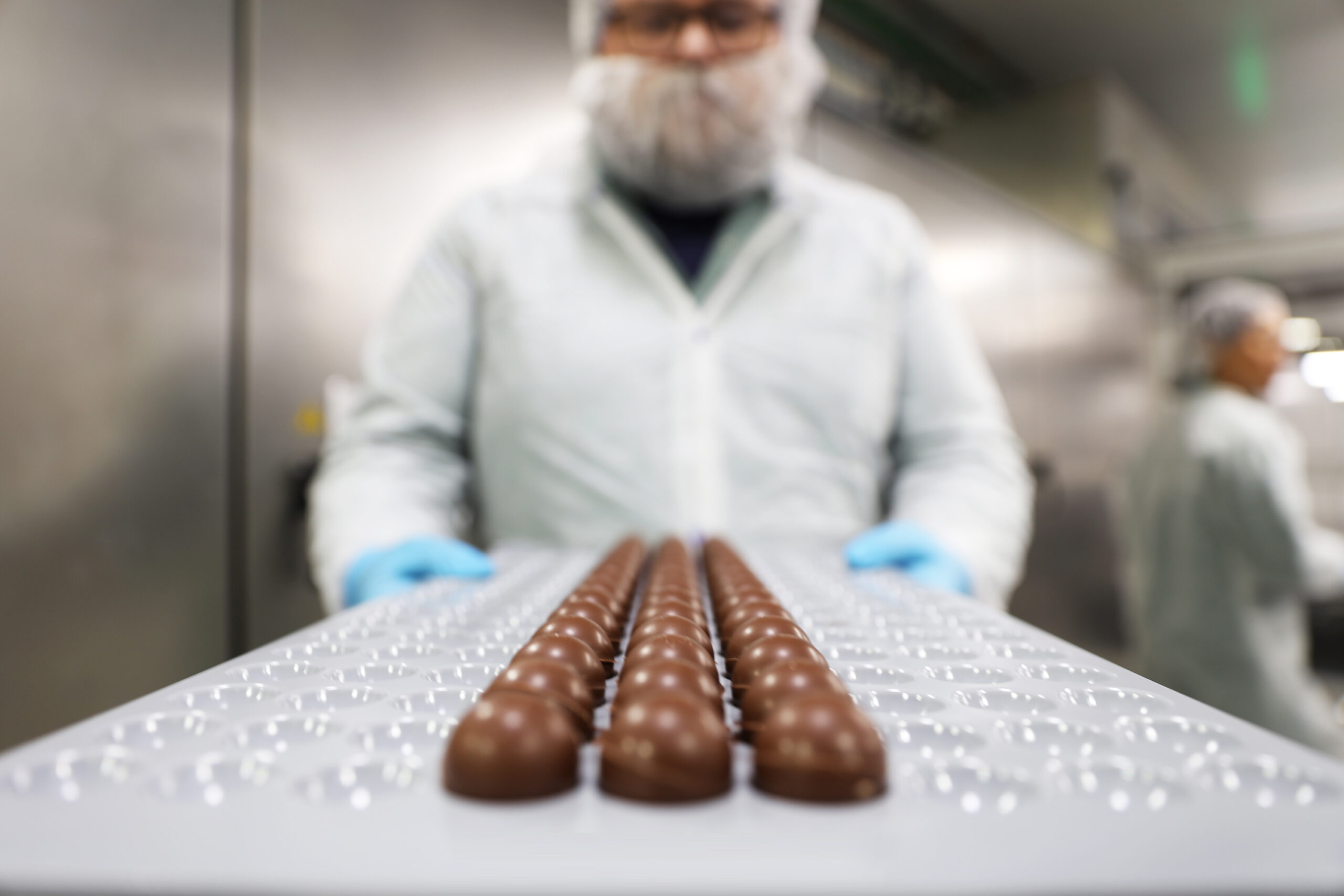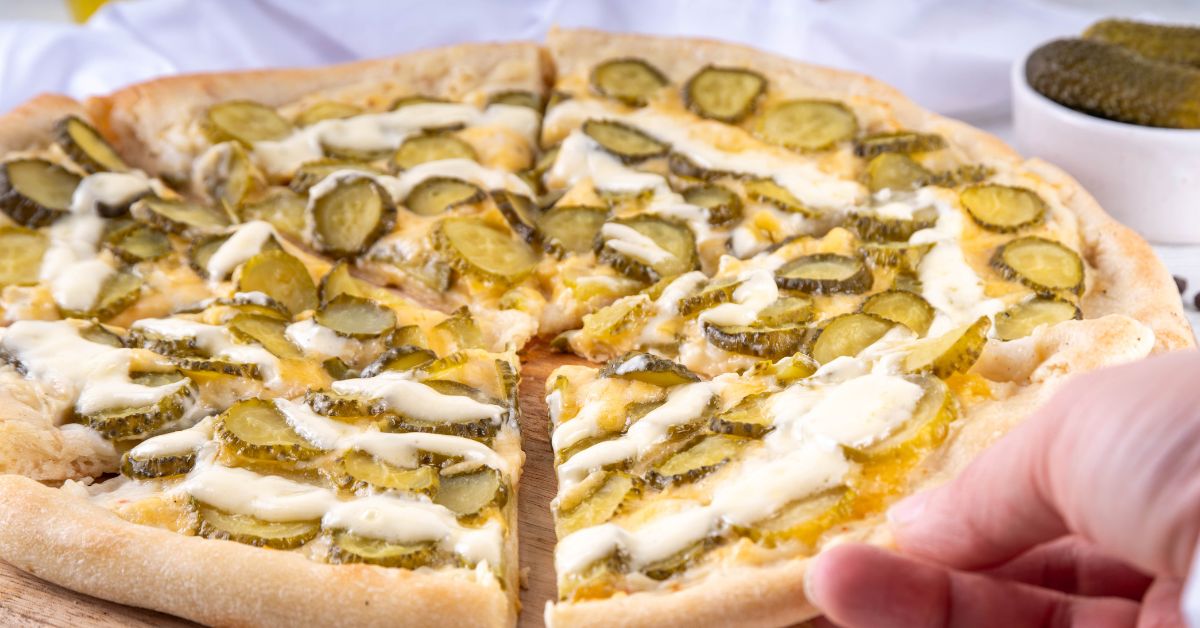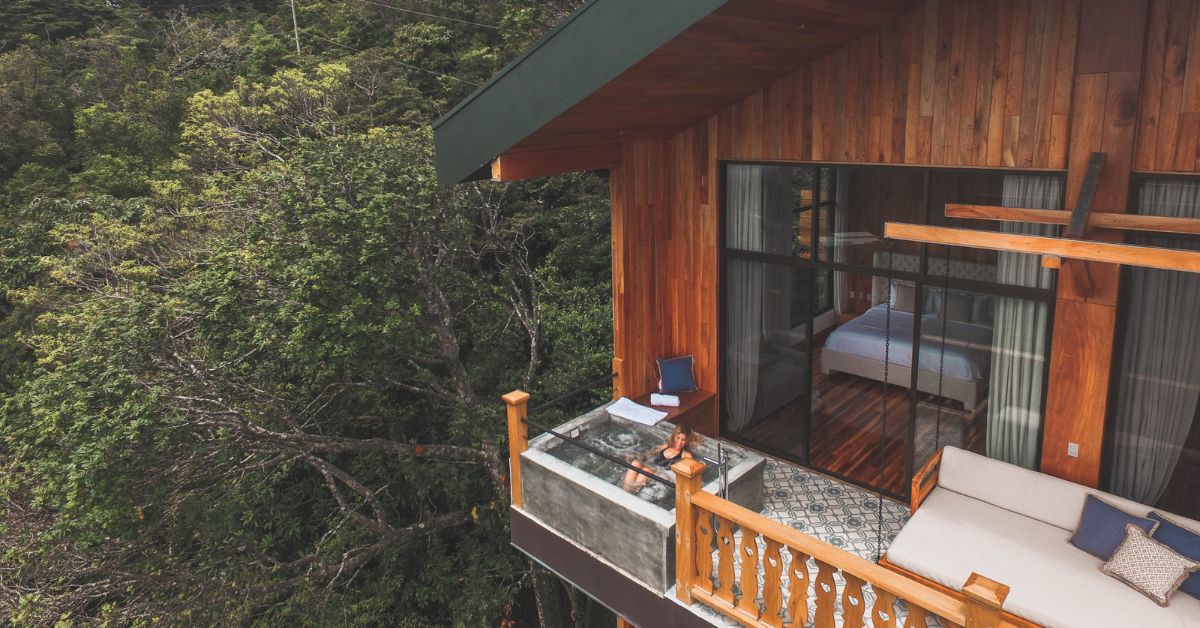
Who knows how much THC was actually in those groovy little illegal weed cookies from the 60s?
A moment, then, to sing the praises of edibles—that counterculture relic, the pot brownie, that made its way through the 60s like a Jimi Hendrix riff. Edibles didn’t come to the legal market until Christmas, dropping their slow-release magic across the country like a rainbow after a storm, and we’re still making our way through exciting new monthly product skews this spring. Today, any hungry shopper perusing their favourite retailer will find treats—the cookie, the mint, the chocolate, the gels—but it’s just the tip of the iceberg of improved edible products that recreate the magic of the pot brownie, Woodstock and original cannabis baked goods, all in one bite. For the curious edible cannabis consumers, it’s often the first taste of love.
“Pot brownies are an important part of cannabis folklore and legacy and we certainly pay homage to the cultural significance of the products from the 60s, but I also think we’re doing really good things with edibles in the legal cannabis market today,” says Ray Gracewood, a senior vice president with the New Brunswick–based licensed producer, Organigram. “I love the history of cannabis and think most people do who work in our industry, but the question posed to us at Organigram and all the licensed producers is: how do we take something people love, make it comply with the legal system, and still make it great?”

Great edible products begin and end with proper dosage and conscientious packaging. No one wants to make a gummy bear product or any sort of edible that would appeal to kids. On the legacy market, consumers had grown accustomed to purchasing a package of brownies labelled at 250mg of THC.
However, on the legal market, the highest dose is capped at 10mg. Where the discrepancy has been found, however, is in the public appetite and accuracy of the dosage labels. Who knows how much THC was actually in those groovy illegal weed cookies from the 60s? When Organigram surveyed consumers, they found that the ideal portion, as voted upon by adults, was 5mg of THC per dose.
According to David Brott, CEO of the Cannabis Cooking Company, edibles aren’t designed to leave consumers obliviated (although, if that’s the desired effect, no one will police how many you take), but rather to give adults an earthy buzz.

It’s often the first taste of love.
“If you’re looking to be healthy in these times of the pandemic, I think infusing cannabis isn’t only the most healthy way to consume your cannabis, but also the most interesting,” says Brott, who’s moved his cannabis cooking school online during this time of social distancing and offers up free recipes and instructional videos at cannabiscookingcompany.ca. “Eating your cannabis, whether by infusing your meals and oils or taking a legal product, makes the cannabis react differently in your endocannabinoid system, and less THC, as opposed to more, often creates a better end consumer result. Everyone is different and practice makes perfect, of course.”
It’s big business bringing edibles out in the world, and the cannabis companies have responded to stock our shelves with new tastes. Aurora has a world-class facility making gummies, chocolates, baked goods and mints, and Canopy Growth, owned by Constellations Brands, the beverage producer of Corona and Negra Modelo, has spent millions of dollars on their line of beverages, which premiered in shops this March.
At Organigram, $15 million was invested on a world-class chocolate manufacturing facility to rival, in Ray Gracewood’s words, any chocolate producer in the world. He doesn’t want to just make good weed chocolates. He wants to make chocolate so good that you’d want it even if you had no intention of getting stoned. After all, the pot brownie has an important legacy to cannabis consumers. There are things we cherish: Bob Marley, pot brownies, Haight-Ashbury, Neil Young. Edibles are an important, mind-melting part of our world.
“Edibles are awesome, they’ve always been popular and have a great legacy and they’re also an opportunity for cannabis to get in front of a whole new group of consumers,” Gracewood says. “We take edibles seriously and are in this for the long run—we want that first experience that someone has with our products to be the best chocolate experience they ever had in their life.”







